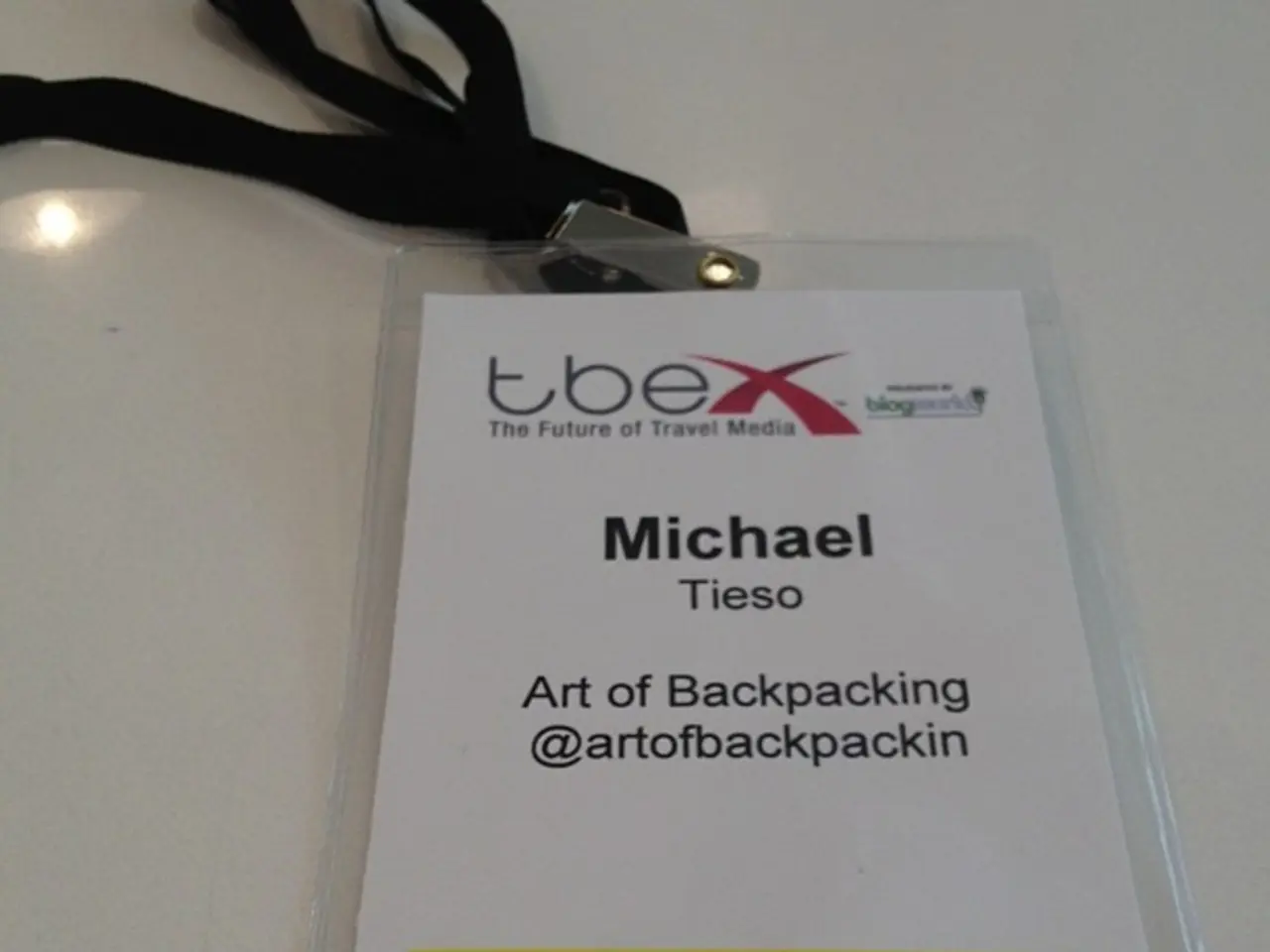Uncovered: The Actual Amount of Funds Influencers Earn from Token-Based Gifts
In a recent report, the transparency of token-based influencer gifting was compared across six major social media platforms: Facebook, Instagram, Reddit, Snapchat, TikTok, and YouTube. The findings reveal significant variations in public disclosure of gifting details such as pricing, conversions, and pay-out rates.
Instagram and Facebook, both Meta platforms, primarily support influencer gifting through features like "stars" or virtual gifts. Payments are typically small, with $0.01 per star, and some transparency exists around these micro-payments to creators during live streams. However, detailed pricing for brand-sponsored gifting campaigns on these platforms is usually handled privately between brands and influencers, offering less transparency to the public.
TikTok, particularly in Asia, has a strong culture of livestream gifting, where virtual gifts from viewers serve as a decentralized patronage model. The earning potential for top creators can reach six or seven figures. While TikTok's gifting is somewhat transparent in terms of the types of virtual gifts and standard viewer-to-creator exchanges, brand-sponsored gifting pricing and conversion rates are not publicly detailed.
YouTube supports virtual gifting through features like "Super Chats" and memberships, offering clear pay-out policies and rates publicly outlined by YouTube. This makes YouTube relatively more transparent in terms of pay-out structures to creators.
Reddit and Snapchat have limited or emerging capacities for influencer gifting tokens. Reddit's community-driven nature means gifting is less centralized and more anonymous, with little transparency on pricing or pay-outs related to influencers. Snapchat's Spotlight and creator programs offer monetization but with less public transparency about gifting-related payments.
Regarding pricing and conversions of influencer gifting campaigns, pricing varies widely and often depends on factors like influencer reach, engagement rates, industry vertical, and campaign scope. Platforms themselves rarely publish standardized pricing, and brands often handle gifting budgets privately, sometimes using token or swag items personalized to influencer workflow.
The report also highlights the role of influencer marketing platforms like Influencer Hero, Heepsy, and Influencity, which facilitate gifting campaigns with integrated pricing, commission tracking, and payout features. These platforms provide brands more internal transparency and efficiency, but the data is platform-specific and not broadly disclosed across social networks.
In summary, transparency in token-based influencer gifting is generally limited for brand campaigns across these platforms, with more transparency seen around viewer-to-creator gifts in live streaming contexts on Instagram, TikTok, and YouTube. Dedicated influencer marketing platforms enhance efficiency and internal transparency but do not make pricing or conversions public at scale.
For more information about the research, Lucy Ingham, Editor-in-Chief and Head of Content at our platform, is available for commentary. The report can be found by clicking here.
Technology plays a significant role in influencer gifting on social media platforms, with popular ones like Instagram, Facebook, TikTok, and YouTube incorporating features for virtual gifting. However, pricing details and conversions for brand-sponsored gifting campaigns are often not public, offering less social-media transparency. Entertainment is a major factor in the earning potential of top creators on platforms like TikTok, where virtual gifting has a strong culture and can reach six or seven figures.




